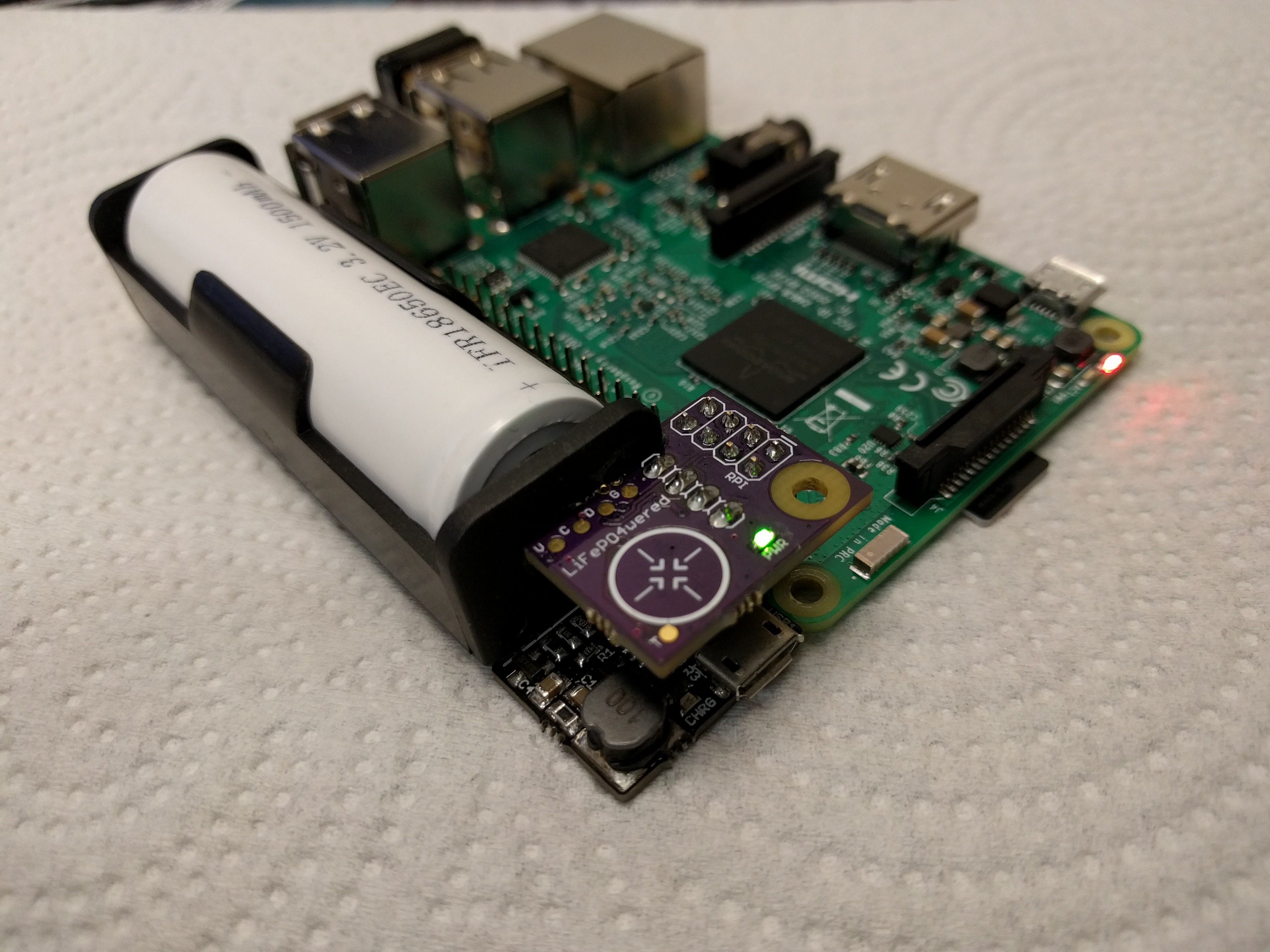In this case I lose. Twice actually, since this is the second time I'm posting this! Not sure what happened to the first attempt...
So I finally got around to building prototypes of the new boost converter design with the RT4812. At first they didn't work. But after I swapped the 1.2uH inductors I had stuffed (my current production parts) with 1.5uH inductors (as specified in the datasheet), they immediately came to life. I didn't think such a small change would make much of a difference, but I guess this chip it picky!
Here is a prototype in action:

At first glance everything is working just fine. I didn't really test this thoroughly, but I had the feeling the circuit stayed cooler at high loads as well, which makes sense since the chip has lower RdsON MOSFET switches than the MIC2876.
At some point during my testing I turned the Pi off and connected power to the Raspberry Pi's own power input. To my great surprise, the boost converter started to become hot! What in the world?
A little background information may be useful here. When I search for a boost converter for the LiFePO4wered/Pi, I always look for parts that have a bidirectional load switch. The reason is that although there is no point to it, you can guarantee someone will plug power into the Pi at some point. The bidirectional load switch makes sure that in such a case, no parasitic current flows from the Pi's 5V into the battery, while firmware makes sure the LiFePO4wered/Pi refuses to turn the boost converter on.
My current production MIC2876 is such a part. In the datasheet it specifies it has a "Bi-Directional True Load Disconnect". So when searching for a potential replacement, I look for the same thing. The RT4812 datasheet states it features a "True Load Disconnect". I assumed that was their marketing term for the functionality I was looking for. And I was wrong. When powering the Pi from another source, the RT4812 apparently allows current to flow back into the battery. Very disappointing, since it seems a nice part otherwise.
At this point I can't help but wonder what "True Load Disconnect" is supposed to mean. If it only works one way, isn't that just regular on/off functionality? It doesn't seem necessary to even mention it, let alone call it by a fancy name.
On the upside, the RT4812 gets warm but does seem to survive the condition just fine. What's worse is that I measured 4.4V across the battery, 5V minus the diode drop of the MOSFET's body diode. That's unacceptable, the maximum voltage across a LiFePO4 cell is only supposed to be 3.6V.
So, back to the drawing board. Since I'm running out of stock I decided to do another run with the current design, but using a slightly adjusted layout. The new layout has a different footprint for the MIC2876. When I first designed the board, I had used a footprint I had found somewhere in the Eagle library, and it turns out it doesn't really match what is specified in the datasheet very well. I custom made the new footprint according to the spec and also ordered a new stencil to go along with it. I'm hoping that this will solve some of the assembly problems I've experienced with the chip.

 Patrick Van Oosterwijck
Patrick Van Oosterwijck
Discussions
Become a Hackaday.io Member
Create an account to leave a comment. Already have an account? Log In.